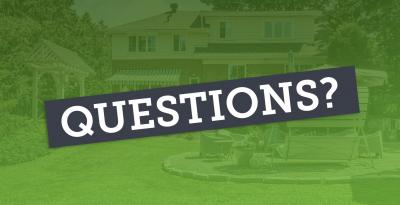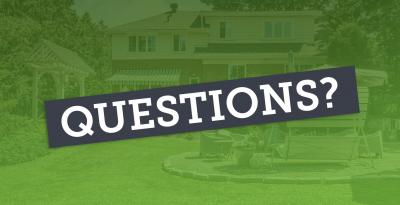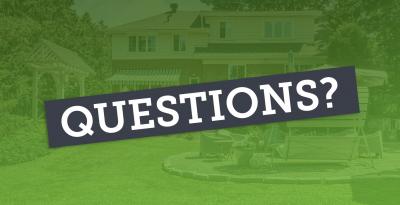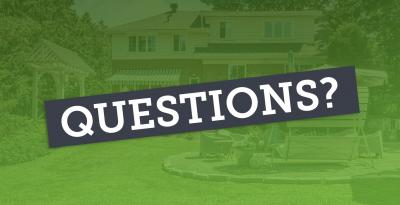Q&A

Bell / Videotron underground cable
We've written a fairly extensive blog on the subjects of easements that you may be interested in here: https://www....
Read More
Possible dispute ahead
You are certainly correct in making the survey your first priority....
Read More
Messy situation - neighbour's driveway encroaching - house for sale
Yes, messy indeed, but not uncommon....
Read More
I found what i think is a survey bar on the ground. What should I do with it?
If the survey bar is lying on the ground then it is no longer a valid monument....
Read More



















